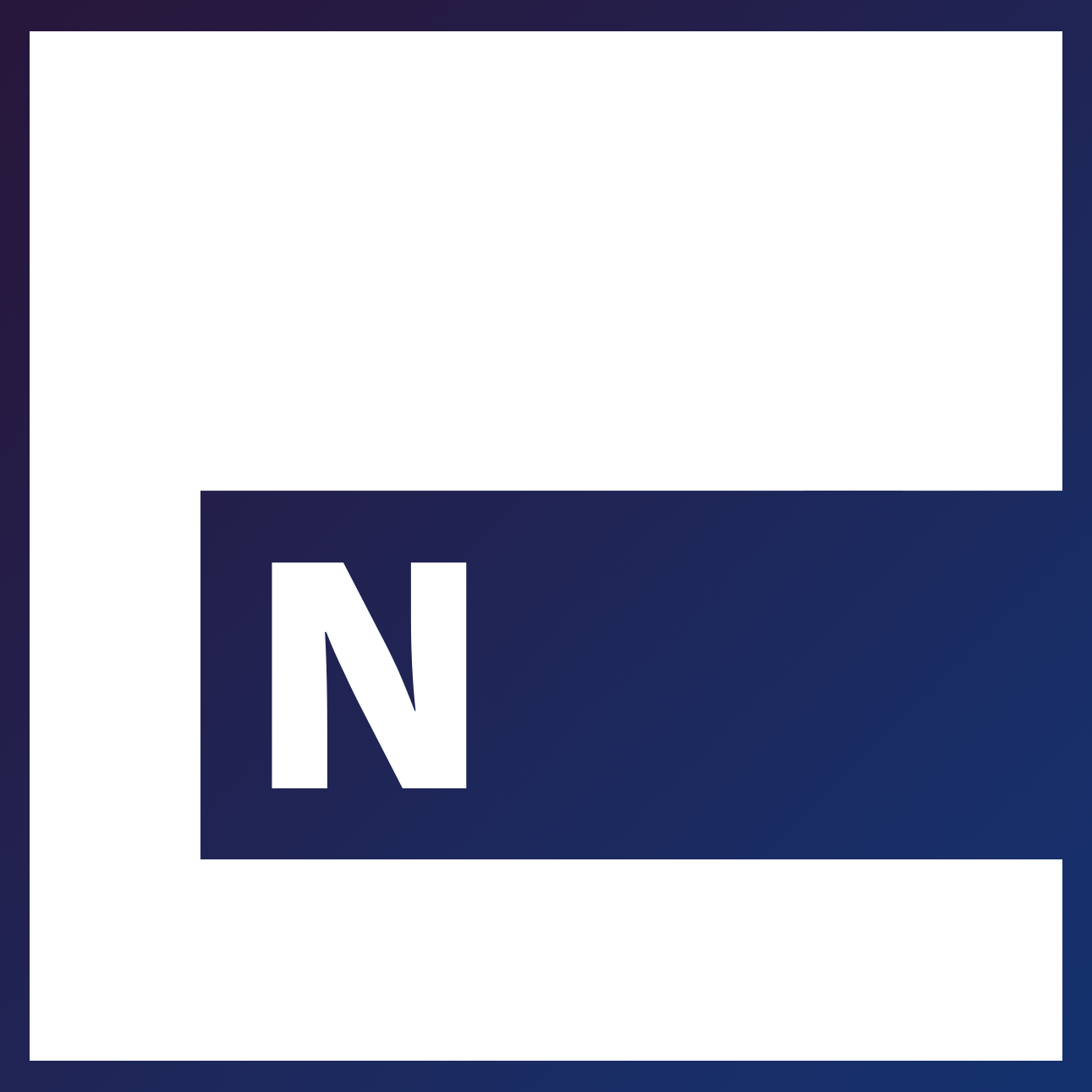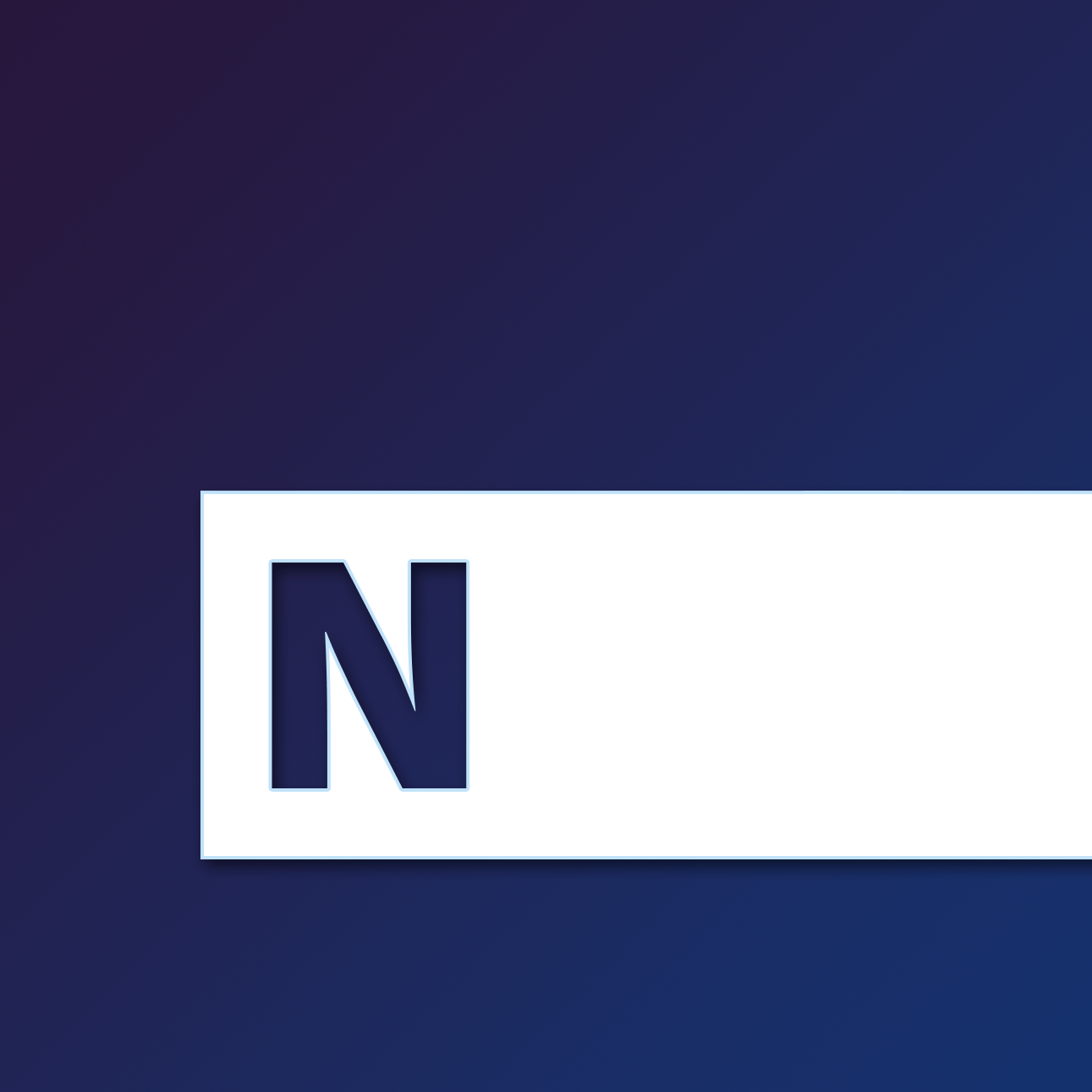For example, if you were to decide tomorrow to start making and producing software, one of the products would be a document creator, another a spreadsheet, and a third would be a PowerPoint alternative, then, with the help of a strong team of developers, you create a 4th software for email and a 5th for file hosting, both of which can be marketed and sold to companies under the same banner, congratulations: you have built what is called in business an office suite, as shown in this post.
On the other hand, if you decide to produce only one software and not 5 because of lack of means, but which alone would maintain this desire of synergy, of grouping with several functions of collaboration in 1, you can leave on what is called a groupware, another type of software for corporations, another segment of the enterprise software market. PC Magazine, a reference media on the subjects of computer hardware as software, proposes here its definition of a groupware:
Software that supports multiple users working on projects both locally and remotely. Also called “collaboration software,” groupware is more than just allowing access to the same data for many people. Groupware provides a mechanism that helps teams coordinate and keep track of tasks.
PC Mag
The application consists of a single entity and not a suite of applications, but it combines several functionalities similar to office suite software, including document sharing, agenda, calendar, and meeting management, task management, and discussion and e-mail systems.
We’re more or less in an office suite, but with a greater focus on collaboration and coordination between the company’s employees. Instead of storing and exchanging documents, this time it is about being able to work together through planning meetings, facilitating communication, and exchanging information in the most efficient way possible.
The DigitalThinkerHelp authors paints for me the best picture of a groupware available on the Internet in a concise and complete article, without much effort on the design of the page, but rather more on the content. You will learn about the six main functions of that kind of software: data conferencing, chat board, video conference, discussion forum, voice conference and e-meeting system. They then distinguish between two types of groupware before emphasize what they call a “workflow“:
- Synchronous groupware will enable real-time collaboration between employees, instead of:
- Asynchronous groupware in which directness is not crucial and workers perform their tasks at different times, email, file sharing and collaborative writing systems are among their features.
Groupware contains highly-structured communication in between multiple clients, this structure can done different large and small scale organization to organization, task management groupware system that offers to common workflow along with these companies, and their tasks are managed by team managers and finally assigned to a worker.
DigitalThinkerHelp
In addition to the two categories and one specific workflow, they suggests that one should expect three main features from a good groupware:
- Communication features: tools to send all types of messages and files, e-mail, file sharing, web or cloud publishing
- Conference features: with tools that allow real-time interaction, like chat, forums, video conferencing, etc.
- Collaboration features: tools to work with group members, such as workflow systems, information management systems, project management systems, etc.
Lastly, they give us a non-exhaustive but very complete list of the 20 most well-known groupware, so that we can see who was or is currently proposing this sort of software:
You can see in this list some software already mentioned in the article about office suites like Microsoft Word, while others may look familiar to you because of their main features or the reasons why you use them are not necessarily related to collaboration.
For instance, we don’t see one of the most famous groupware product of the last decade, so well known that some people do not know how to categorize it properly, overlooking the fact that its real software category is “groupware“: Slack, which PC Magazine also quotes.
Whenever we think about Slack, we think about two other video-conferencing tools that have gained a lot of attention since the beginning of the COVID-19 world crisis: Zoom and WebEx.
Share this elsewhere:
Arnaud M. Lagardère
As a self-taught frontend programmer, Arnaud founded timeNough Europe Inc. in December of 2021 with his best friend Benjamin Caumeil. Veteran of 11 years in IT systems and as much experience using enterprise software, he discovered where these products failed on usability and comfort for users. He started to develop his own human-centric solution in 2016, for now selling it to corporations.
Related Posts
19 November 2022
The definition of an office suite in 2023
Office suites have been an essential product for businesses of all sizes for…
17 December 2021
Human resources management software: let’s discuss it
Generally, there are 5 types of human resources management software available,…
15 December 2021
Accounting software: what does it mean in concrete terms?
Accounting software it is a type of software that records and processes…






